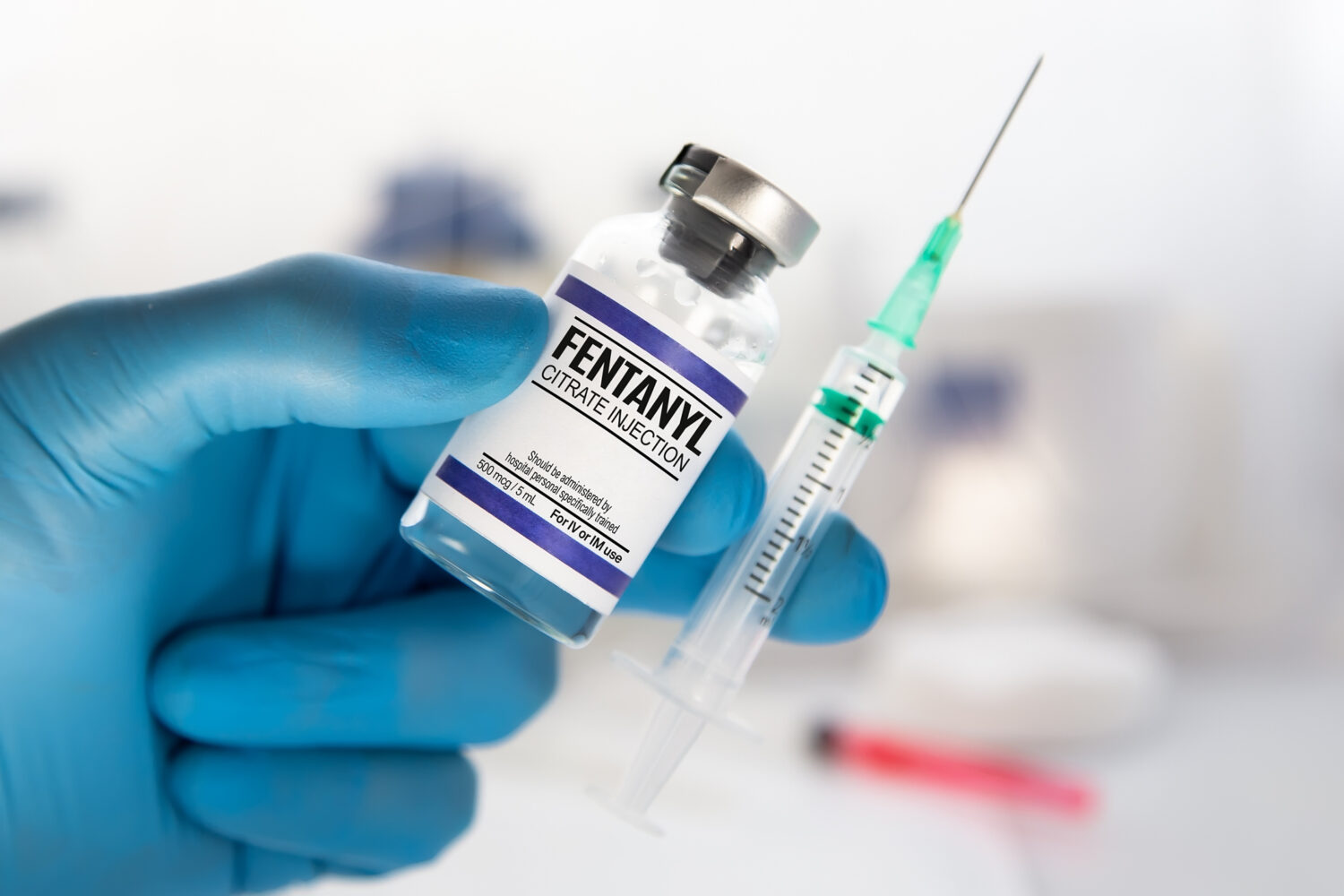Advances in the fight against drug-addicted mice – KISS FM

The addictive effects of fentanyl can be controlled by two different neural pathways in the brain.According to a study in mice, one is associated with reward, and the other promotes the search for relief from withdrawal symptoms. This advance could help develop treatments to reduce dependence on this opioid.a powerful pain reliever that is the focus of public health attention in many countries such as the United States.

The combination of euphoric effects caused by the release of dopamine (positive reinforcement) and severe withdrawal symptoms (negative reinforcement) makes the drug is addictive in about a quarter of users. A team led by the University of Geneva investigated the situation. the effects of fentanyl on the brains of mice injected with the drug caused withdrawal symptoms Identify areas of the brain that are activated during positive and negative reinforcement.
Although it has been suggested that mu-opioid receptors in the brain are involved in this behavior, the neural circuits involved have not yet been precisely defined. Researchers found that Fentanyl induced activity in the ventral region of the brain, an area where dopamine is released. In addition, a decrease in the activity of mu-opioid receptors in this area caused lower dopamine release and fewer signs of positive reinforcement in mice.

However, mu-opioid receptor inhibition did not affect the withdrawal effect., suggesting that there may be another pathway involved in mediating negative reinforcement. Authors identified neurons in the central amygdala, another brain region that also expresses mu-opioid receptors. and whose activity increased during withdrawal symptoms. Deactivating these receptors eliminated withdrawal symptoms in mice., suggesting that it plays a role in mediating negative reinforcement of fentanyl. These findings may inform the development of interventions and medications to reduce fentanyl dependence and aid recovery.
Editorial office (Agencies).


